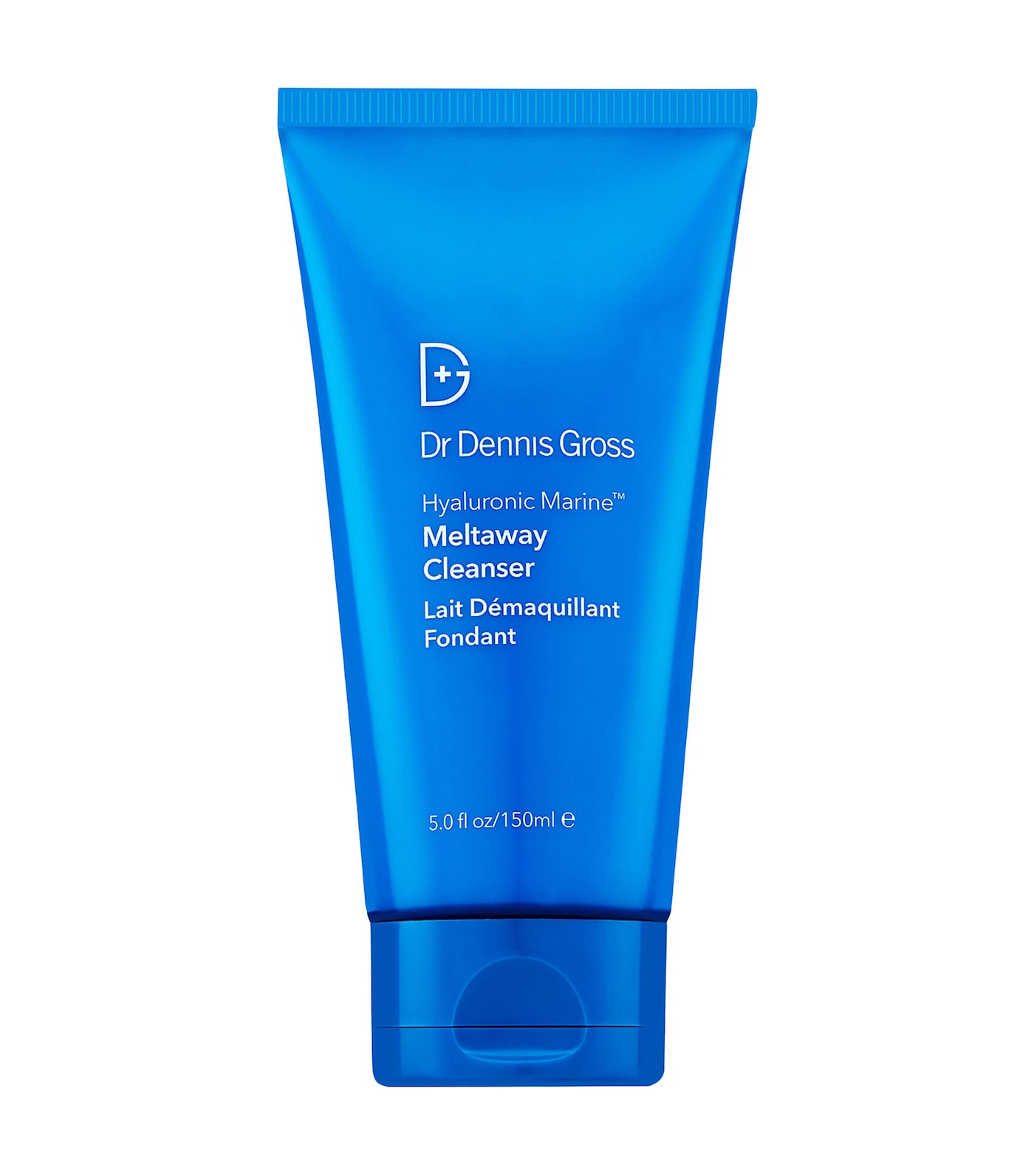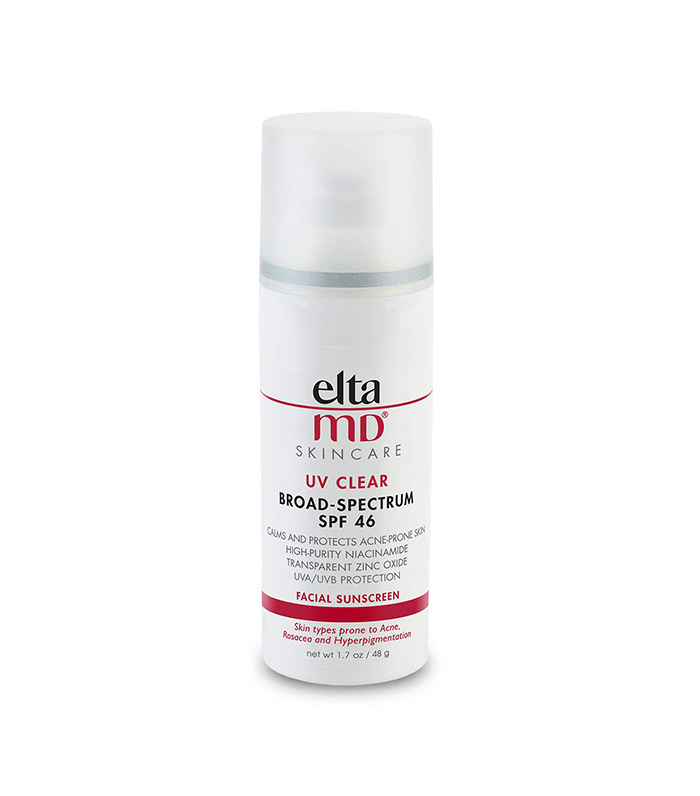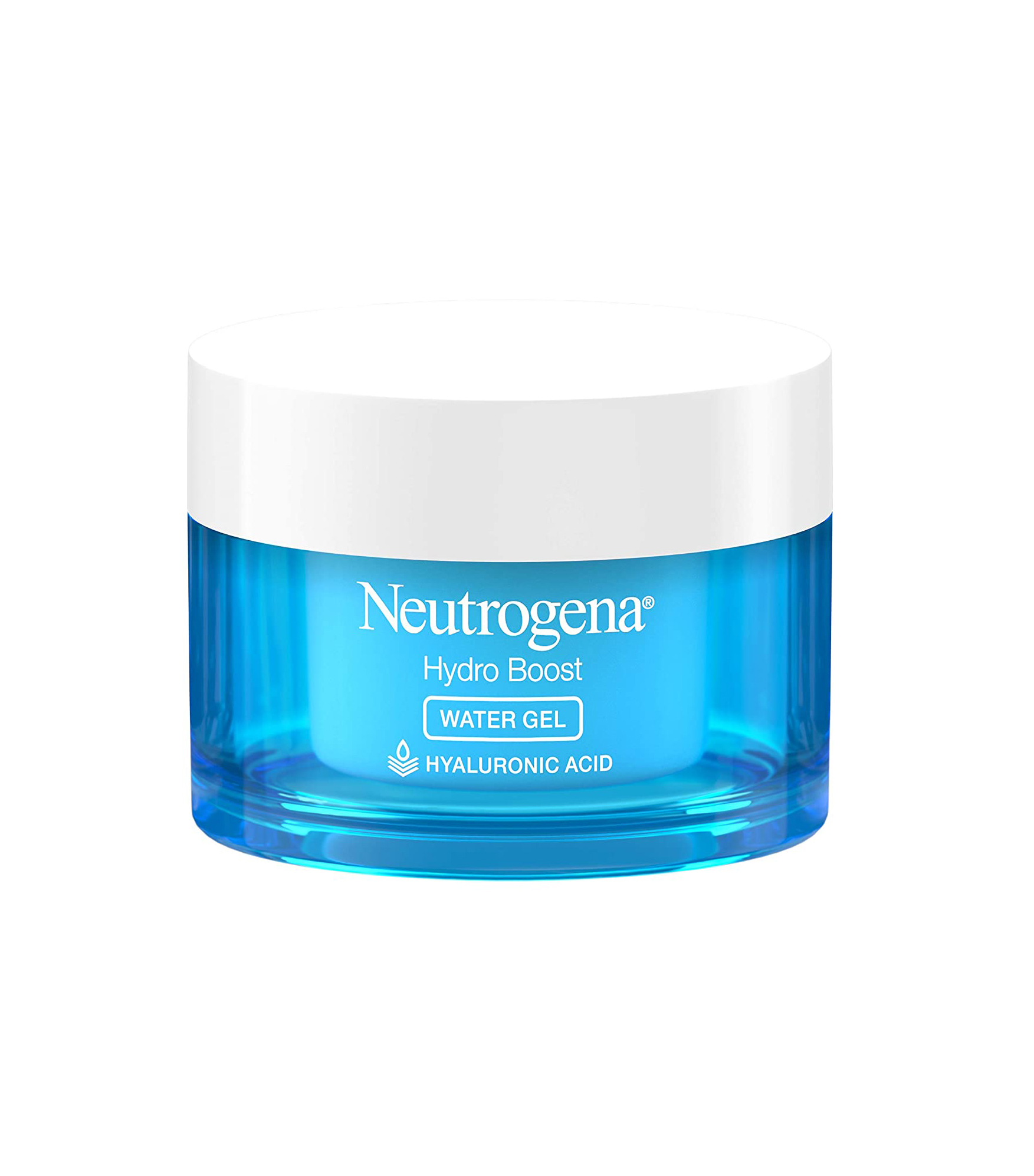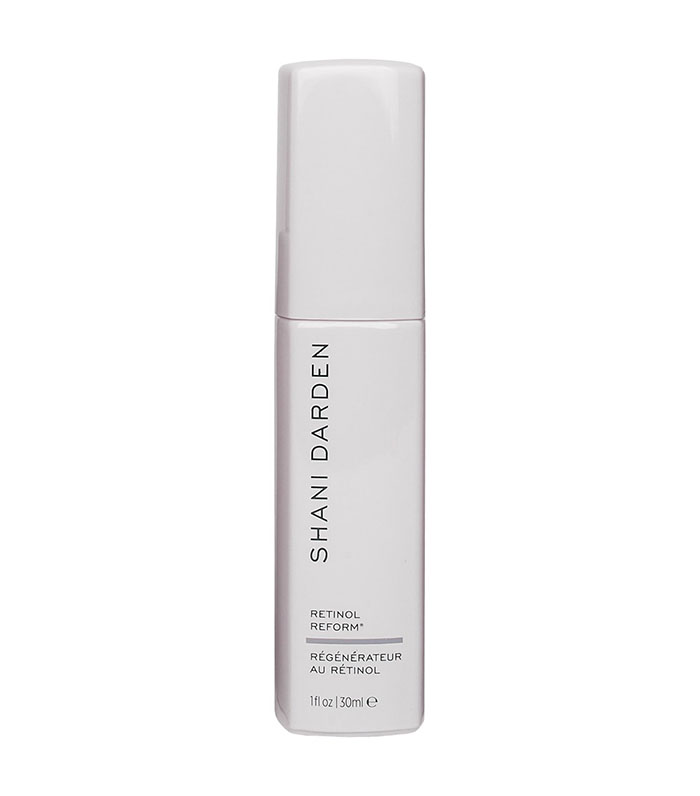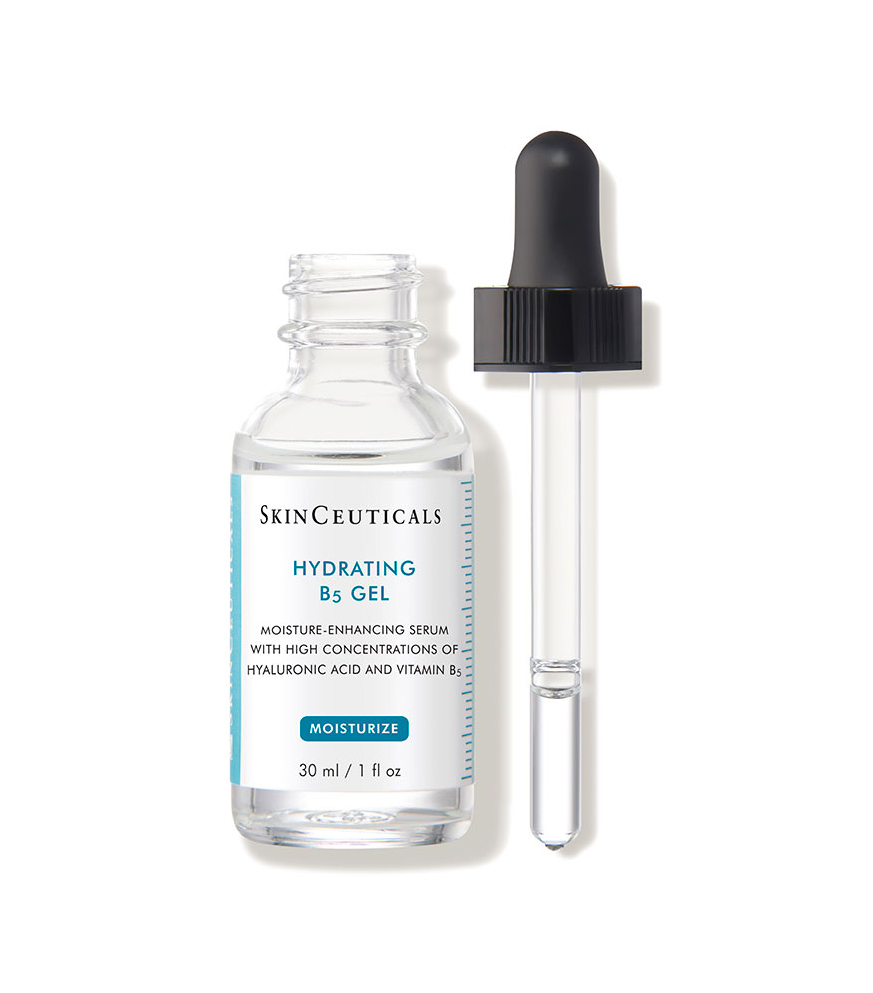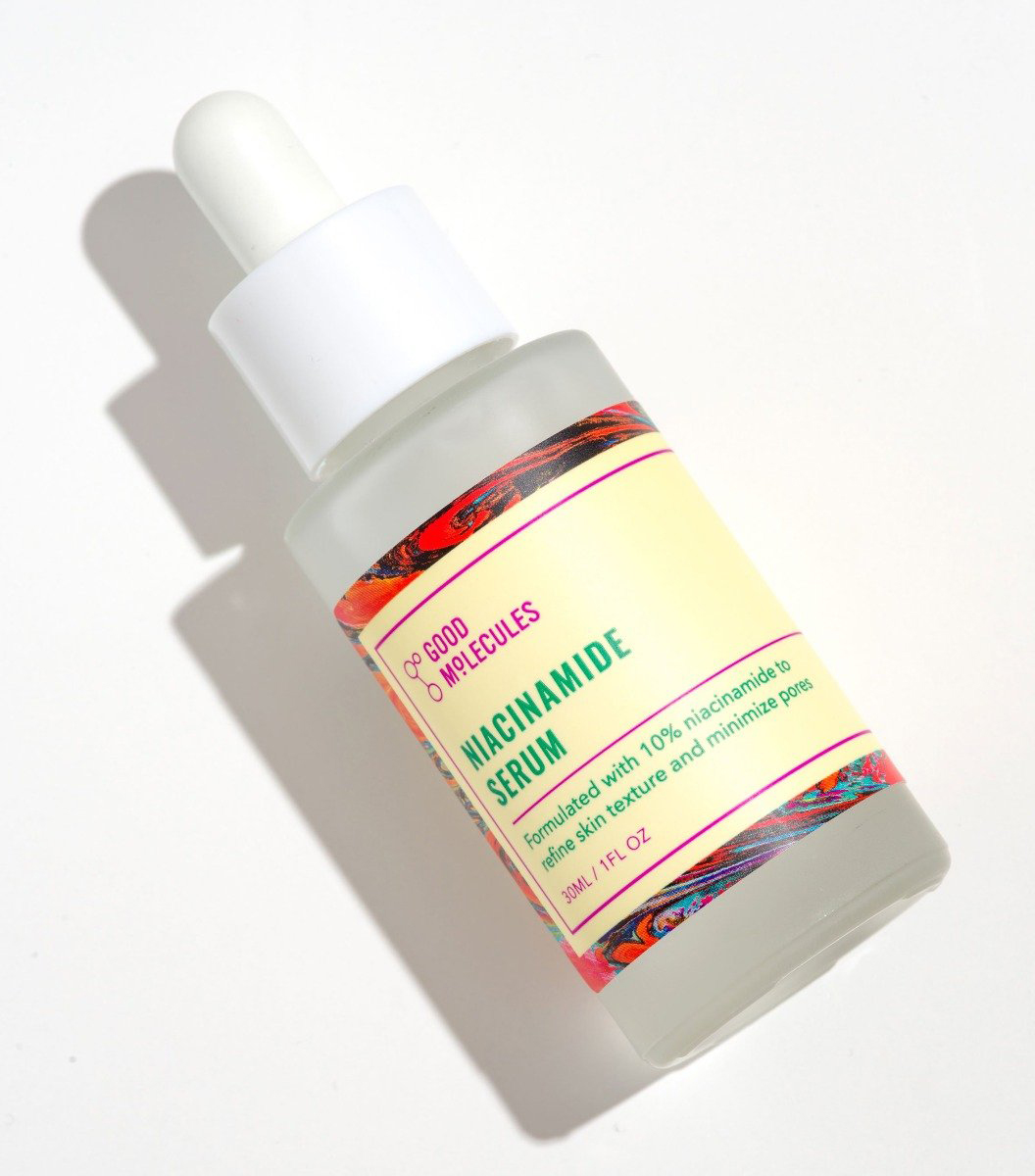How to Do Microdermabrasion at Home Without Ruining Your Skin
It seems like the longer we've been staying at home, the more we've been experimenting with our beauty routines. When you can't make it to the salon or spa for a manicure, pedicure, facial, spray tan, wax, etc., you learn to get a little creative. Luckily for us, there are so many tools and products at our disposal these days that claim to mimic those in-office treatments.
At-home tools have been really gaining traction these days. I've seen a ton of people get on that LED mask train, which seems very cool and futuristic and apparently worth the price tag. Some of my colleagues have opted for a simple yet effective gua sha tool and have sung its skincare and self-care praises. I've also noticed a lot of skin-tightening/massaging tools out there that are supposed to act like an esthetician's adept hands. Technology is crazy!
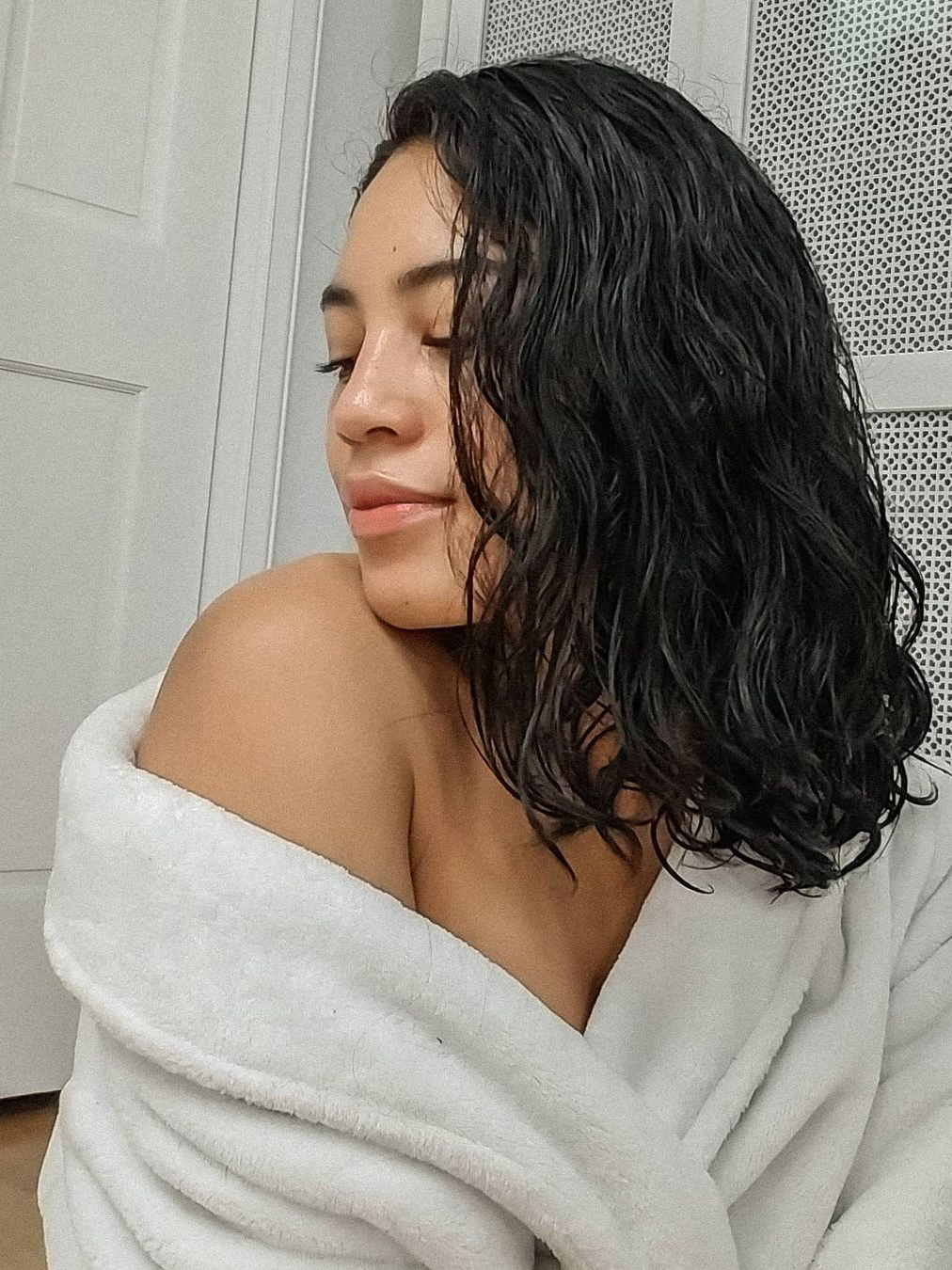
At-home microdermabrasion tools are another category I've been hearing a lot about. For those who don't know, microdermabrasion is traditionally an in-office procedure that's supposed to leave you with glowy, smooth skin.
"Microdermabrasion is the process of removing the invisible layer of skin that sits on the surface and holds oil, debris, and other particles that can contribute to a flawed complexion," explains Corey L. Hartman, MD, FAAD, a board-certified dermatologist and founder of Skin Wellness Dermatology. "The treatment removes dead skin cells and extracts impurities while simultaneously bathing the new skin with cleansing, hydrating, and moisturizing serums. This lunchtime procedure is soothing, refreshing, nonirritating, immediately effective, and offers instant, noticeable results with no downtime or irritation."
The procedure is ideal for a variety of skin concerns and needs. Hartman says it can clarify oily skin, jump-start an acne regimen, even skin tone, address fine lines and wrinkles, and even give you a boost of brightness before a big event. "It's ideal for patients with dull, lackluster skin and those with dry skin that need to exfoliate to allow better penetration of products," adds board-certified dermatologist Roberta Del Campo, MD.
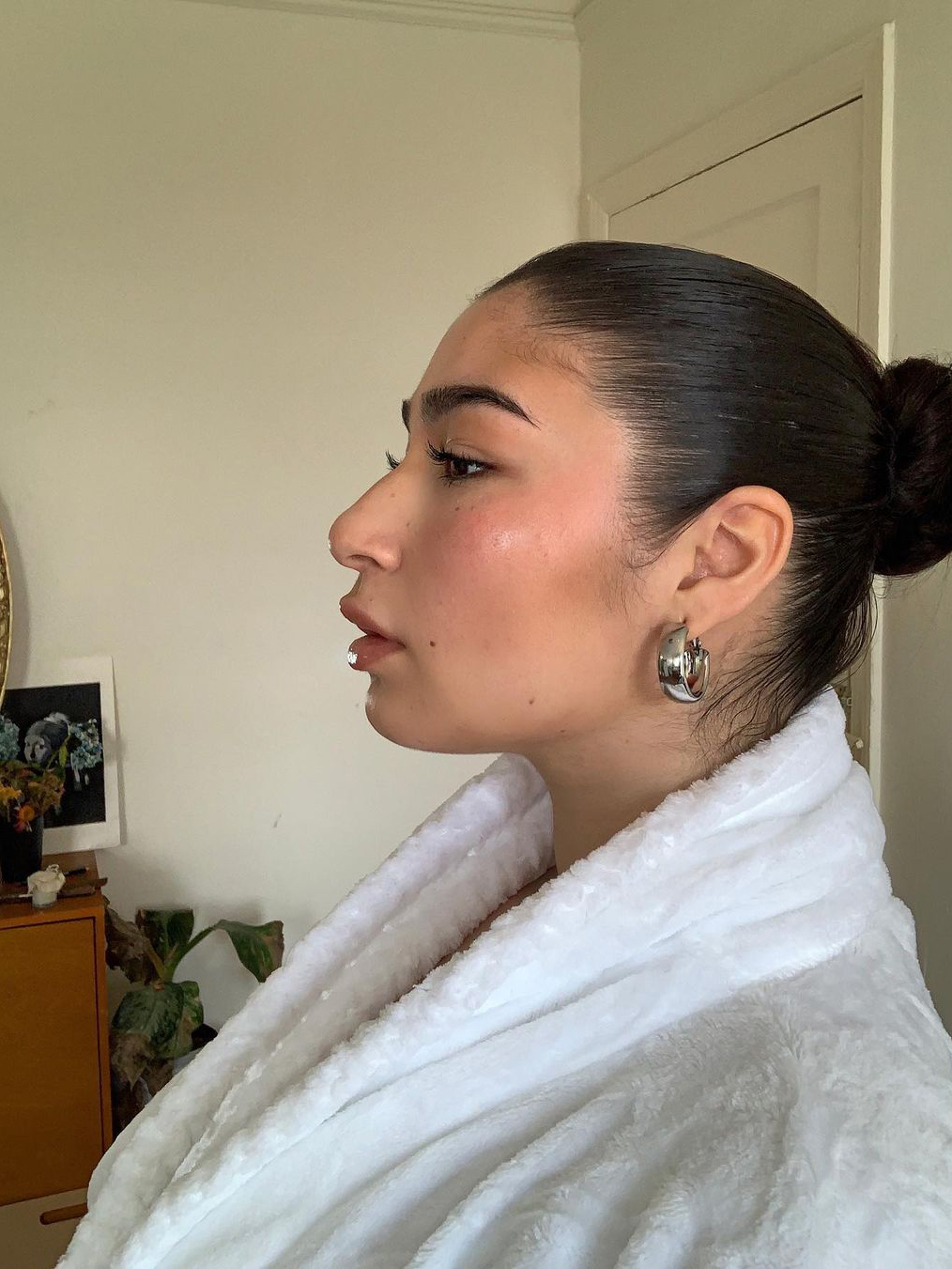
While it is normally an in-office procedure, those tools I was talking about earlier can give you similar results to what you might get when you visit a professional. It won't exactly be the same or as intensive as the real deal, but it's worth a try if you want to test it out before getting the procedure done professionally or if you haven't been able to make it to an appointment in a while.
Since there are plenty of at-home microdermabrasion tools available and a lot of people trying out said products in their spare time, I asked Hartman and Del Campo to share some tips on how to use these devices safely. Because these tools exfoliate your skin, you want to make sure you're not wrecking it or doing any harm. Here's what they had to say.
1. Read the instructions: Don't just skim them! "In order to achieve desired results and avoid complications, it is important to read the instructions before performing the procedure on yourself," Hartman says.
2. Prep the skin: Before you use the device, Del Campo recommends cleansing the skin with a mild, gentle cleanser and a secondary swipe of makeup remover if needed. "The most important aspect is the skin is completely clean and void of any dirt or debris prior to treatment," she adds.
3. Pull the skin tight: "It is important to do this while moving the device, as this will keep the surface smooth and prevent tugging on the skin, which can tear the skin or cause significant abrasions," Del Campo explains.
4. Pay attention to pressure: Make sure you're applying the correct amount so you're using the tool correctly. "Often, people apply too much pressure when using the at-home devices, which risks scratching the skin and causing redness and irritation," Hartman says.
5. Monitor your skin's reaction: "The skin should be mildly pink, but any tears to the skin or extreme redness mean the treatment is too aggressive," Del Campo says.
6. Less is more: Don't do too many passes over your skin. "When you re-treat the area with more than four passes, it can lead to too much irritation and inflammation, scratching, and uncontrolled wounding of the skin," Del Campo explains.
7. Treat the skin post-procedure: After using the device, Hartman suggests applying a calming serum and sunscreen. Del Campo recommends a bland, gentle moisturizer without any added alpha hydroxy acids or retinoids, which can irritate. "Basically, we are trying to repair any potential cracks in the skin," she says.
8. Try these products: "I like to rehydrate with hyaluronic acid–based products," Del Campo says. "I have suggested to my patients who wish to have a more focused exfoliation that they use retinol one week prior to chemically lift all debris and dead skin to the surface, then follow with a gentle microdermabrasion tool to give an extra glow."
Hartman also recommends SkinCeuticals's Hydrating B5 Gel and Good Molecules's Niacinamide Serum to use in conjunction with at-home microdermabrasion.
Best At-Home Microdermabrasion Tools and Products
If you're in the market for a new tool, take a look at these highly rated ones below.
PMD Personal Microderm Elite Pro
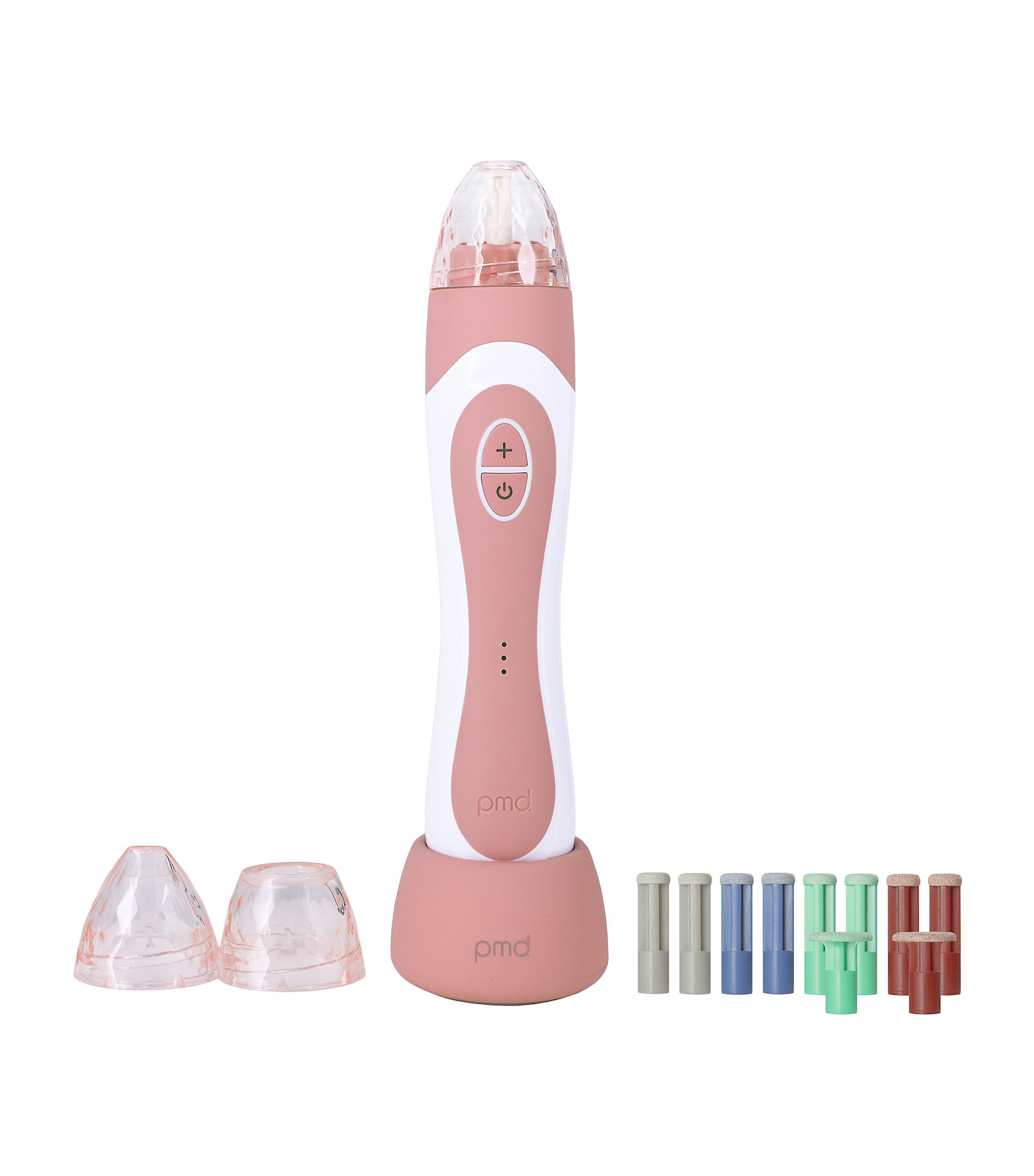
In my opinion, PMD's Microderm device is the Rolls-Royce of microdermabrasion tools. The results are just so good, and it's pretty easy to use. The device has a spinning disc technology and vacuum suction that leaves your skin looking brighter and smoother. There are three speed settings and a variety of exfoliation discs, so you can completely customize your treatment to your own specific skin needs.
Lancer Skincare Pro Polish Microdermabrasion Device

This device has one diamond tip for the face and one for the body, so you can use it on your face, neck, and hands. It also has three different speeds, so start with a low level of suction if you're a microdermabrasion newbie. The kit includes 200 replacement filters, tweezers, and a travel pouch.
Goop GoopGlow Microderm Instant Glow Exfoliator

If you're wary about using a device, there are a couple of skincare products that have a similar microdermabrasion effect. This one from Goop is inspired by the procedure and contains micro-exfoliating minerals and glycolic acid for some chemical exfoliation. It also has Australian kakadu plum to really make your skin glow.
Neutrogena Microdermabrasion Starter Kit

Neutrogena's kit is a must if you're looking for an affordable option since a lot of these tools are over $100. To use the device, you attach a microdermabrasion single-use puff to the applicator, wet it, and slowly massage around your face. Each puff features ultrafine crystals and mild purifiers to gently exfoliate the skin.
Kiehl's Epidermal Re-Texturizing Micro-Dermabrasion
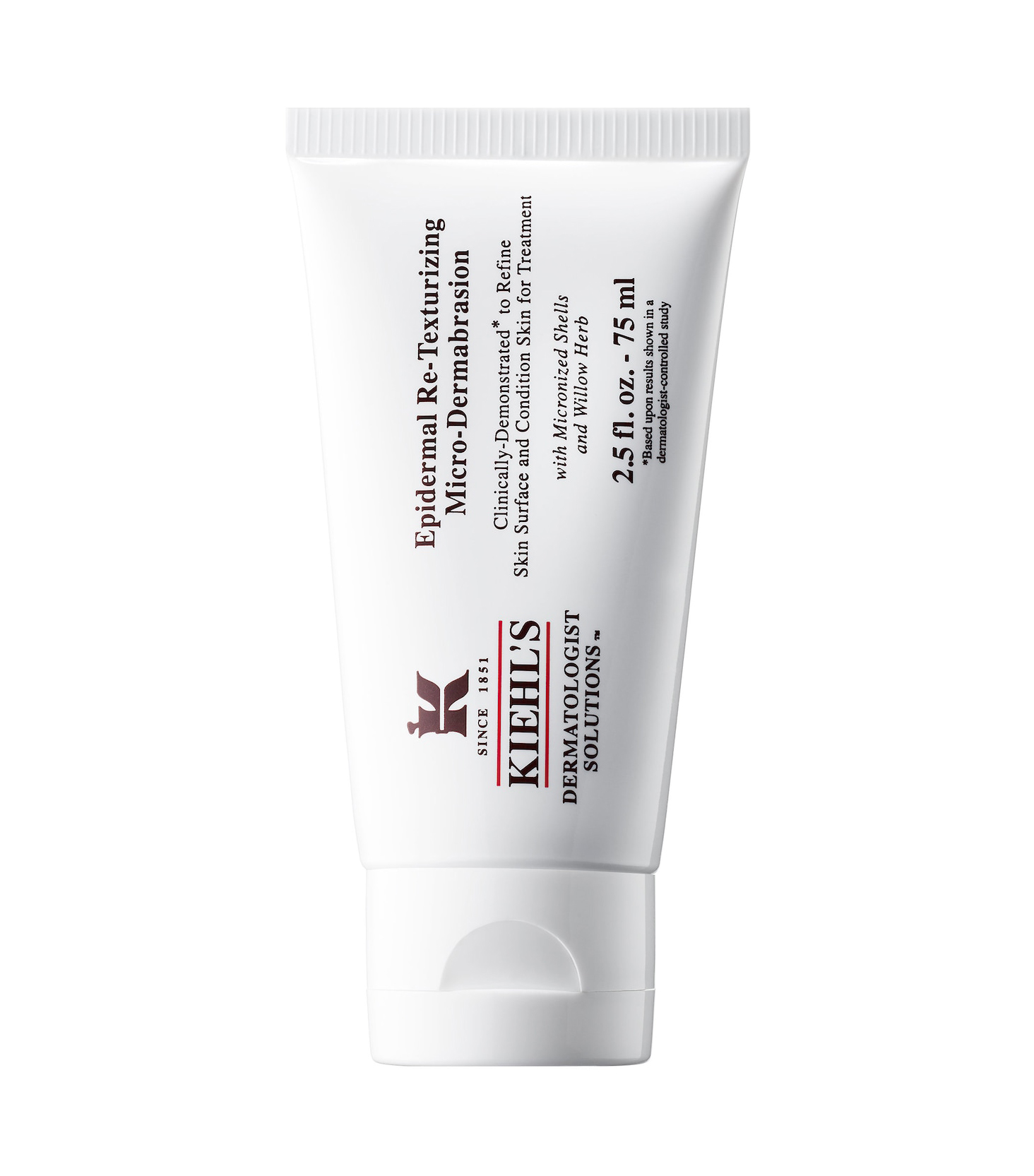
This Kiehl's mechanical exfoliant can really smooth skin, improve texture and tone, and reduce the look of facial lines. It's formulated with micronized shells for its natural exfoliant, plus shea butter and willow herb to soothe and hydrate the skin.
Microderm Glo Diamond Microdermabrasion Machine and Suction Tool
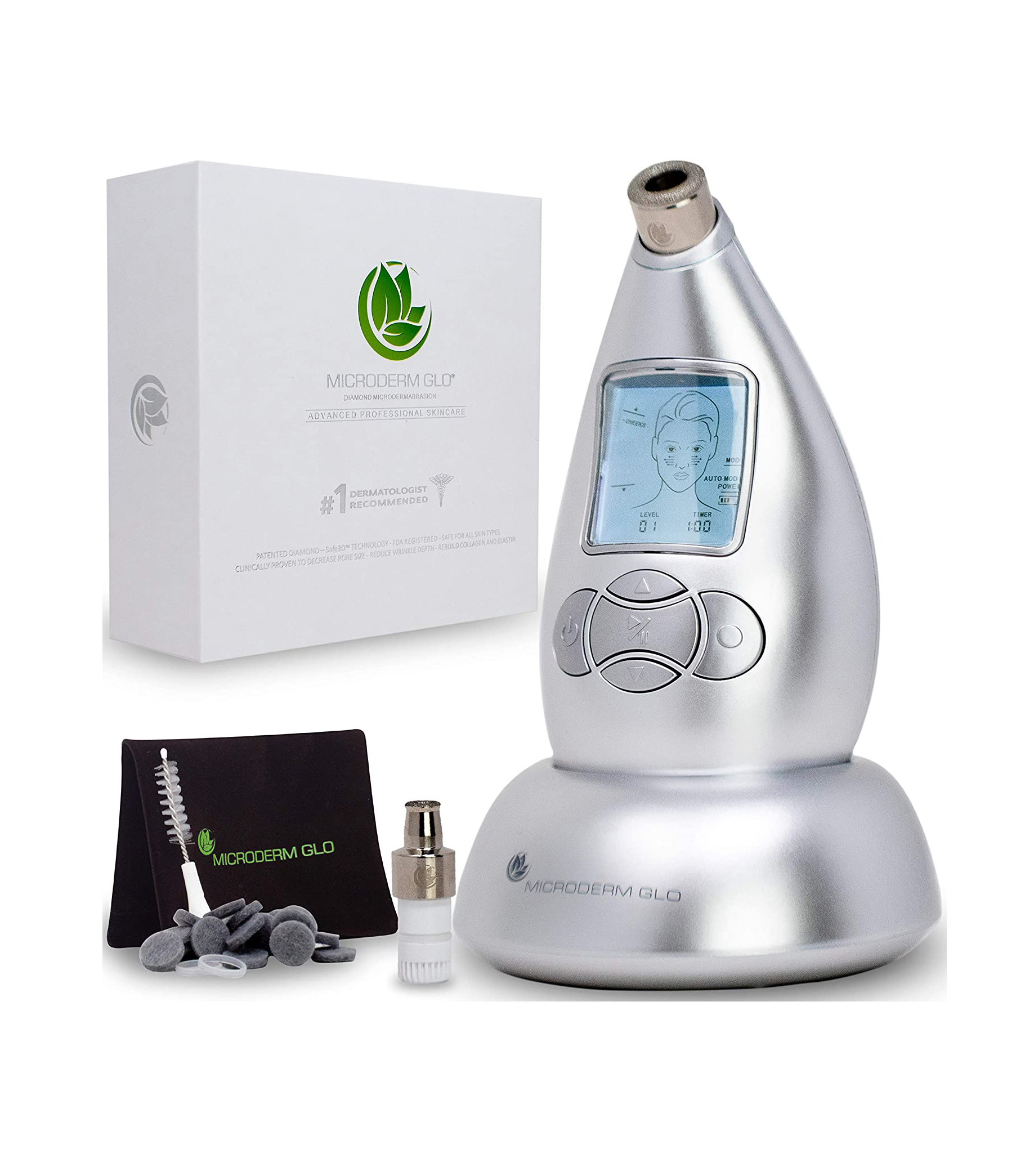
Well doesn't this one look high tech? The device has two interchangeable diamond tips, so you can customize your treatment. With over 1500 ratings and 4.5 out of 5 stars on Amazon, it's a highly rated product, too. One reviewer wrote, "It's awesome! It's not a light, and it doesn't zap you (ouch, no thanks). It works with suction. When it sucks on your face, it brings everything to the surface, which gets the blood flowing in all the right places to build more collagen and make your skin glow and your pores shrink. You see results right away, but it gets even better over time."
Michael Todd Beauty Sonic Refresher Wet/Dry Sonic Microdermabrasion & Pore Extraction System
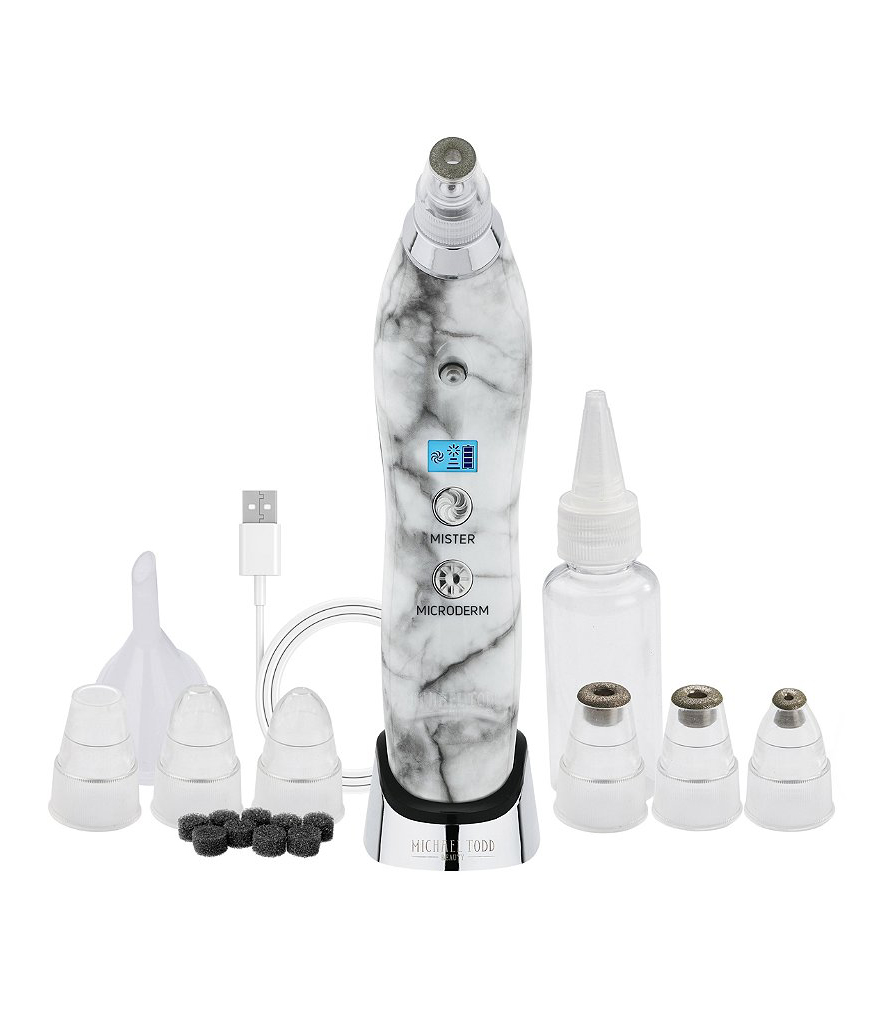
In addition to the regular at-home microdermabrasion treatment you get with this device, you can use the "wet" setting, which is a super-fine mist, to hydrate your skin during and/or after your treatment. It comes with three diamond heads and has three speed settings.
Trophy Skin MicrodermMD Microdermabrasion Machine
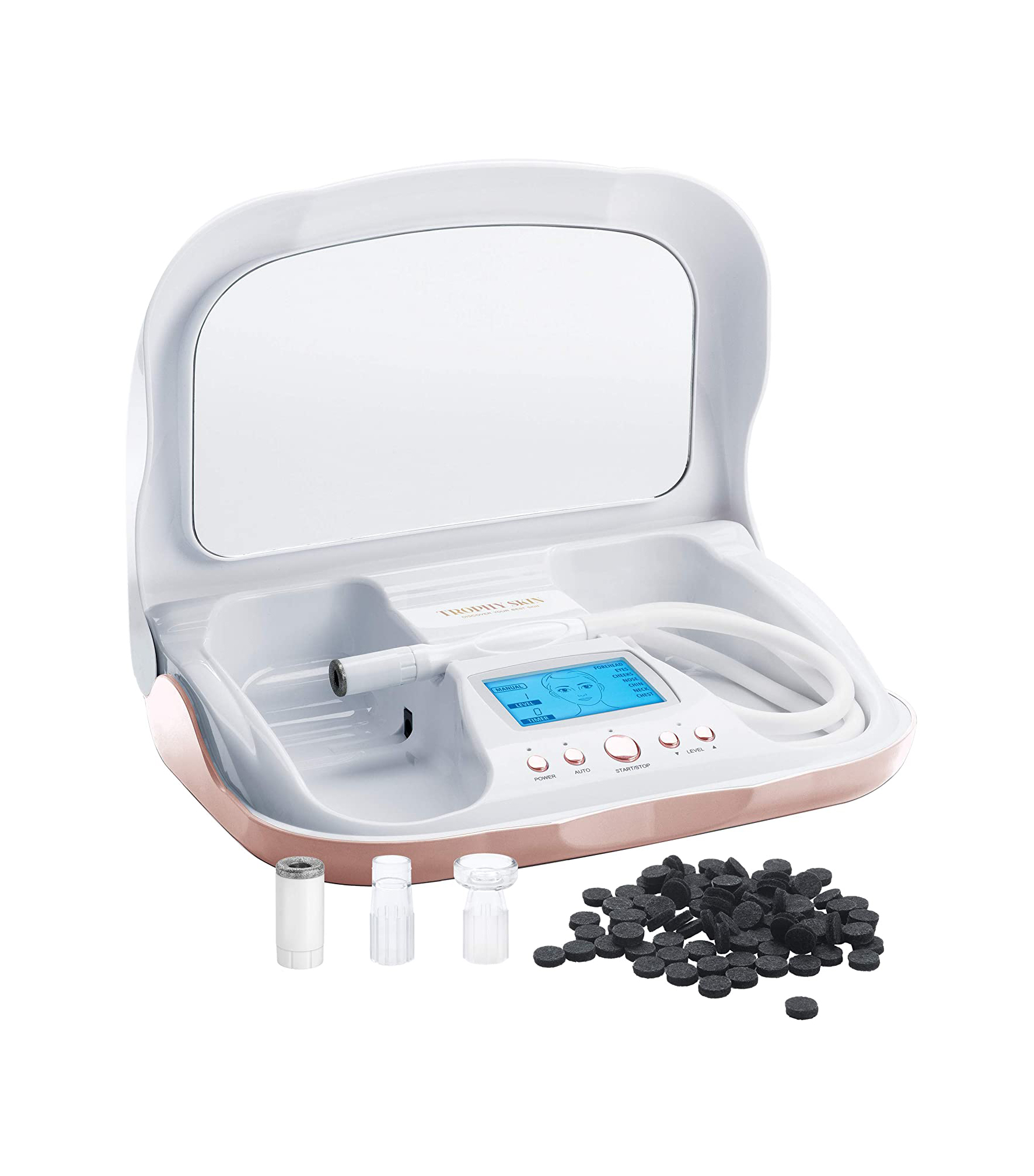
The cool thing about this device is that there are auto and sensitive skin modes, eight levels of suction, and three different tips, so there's really something for every skin type here. It also has a timer function, so you can make sure you're using it for just the right amount of time, not too long or too short.
Dr. Brandt Skincare Microdermabrasion Age Defying Exfoliator
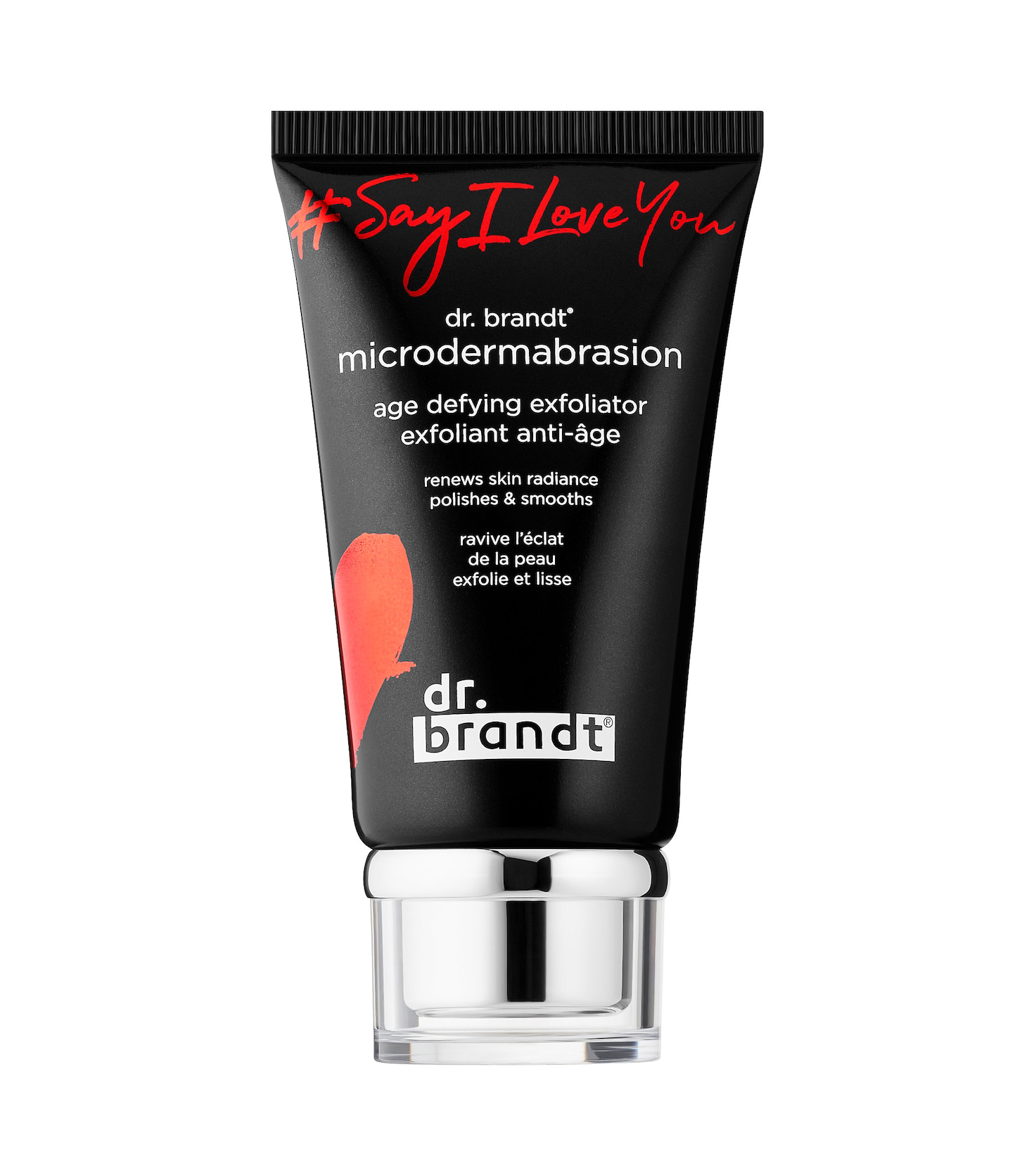
Here's another exfoliator that mimics microdermabrasion. The scrub contains aluminum oxide crystals to gently remove dead skin cells; lactic acid to cleanse and soften skin; and jojoba oil, aloe vera, and chamomile extracts to soothe the skin.
Nurse Jamie Beauty Stamp Micro-Exfoliation Tool

If you're not quite ready for a microdermabrasion tool but want something that's a step above a skincare product, you can opt for this Micro-Exfoliation Tool. It's like a stamp the presses and lifts your skin. Roll it over your face about two to three times for the full effect.
Next up, Here's What a Dermatologist Really Thinks About These 7 Viral Skincare Products
Sarah is lifestyle writer and editor with over 10 years of experience covering health and wellness, interior design, food, beauty, and tech. Born and raised in Los Angeles, she attended New York University and lived in New York for 12 years before returning to L.A. in 2019. In addition to her work at Who What Wear, she held editor roles at Apartment Therapy, Real Simple, House Beautiful, Elle Decor, and The Bump (sister site of The Knot). She has a passion for health and wellness, but she especially loves writing about mental health. Her self-care routine consists of five things: a good workout, “me” time on the regular, an intriguing book/podcast/playlist to unwind after a long day, naps, and decorating her home.


